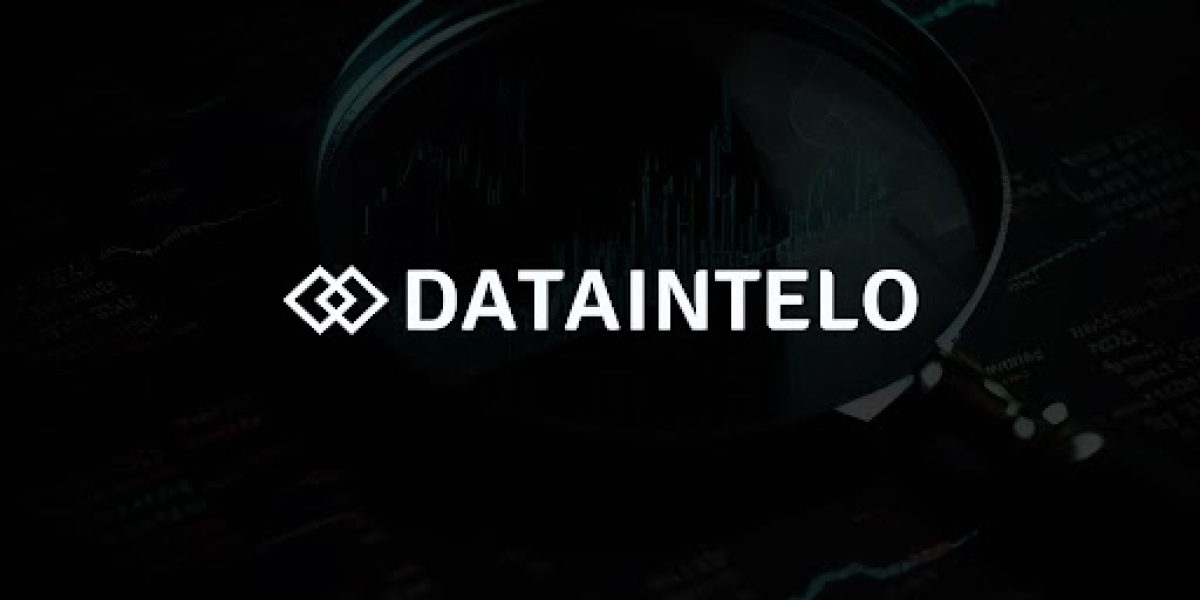The Molded Glass Market is witnessing strong global expansion driven by rising demand across pharmaceuticals, cosmetics, packaging, and automotive sectors. With its durability, non-reactivity, and aesthetic versatility, molded glass remains a preferred choice for a wide range of industrial and consumer applications.
According to a recent study by Dataintelo, the global Molded Glass Market was valued at USD 12.5 billion in 2023 and is expected to reach USD 19.8 billion by 2032, growing at a CAGR of 5.4% during the forecast period. Market growth is underpinned by the increased emphasis on recyclable materials and premium packaging solutions.
Advancements in molding technologies and a growing preference for eco-friendly alternatives to plastic are expected to further propel market demand over the coming years.
Request a Sample Report: https://dataintelo.com/request-sample/125396
Key Drivers Behind Market Expansion
Sustainable Packaging Trends
Rising environmental concerns and consumer demand for eco-conscious packaging are driving the adoption of molded glass in food and beverage, pharmaceutical, and personal care sectors.Growth in Pharmaceuticals and Healthcare
Molded glass is extensively used in pharmaceutical vials, bottles, and ampoules due to its chemical stability, sterility, and impermeability—ensuring safe storage and transport of sensitive drugs.Premiumization of Consumer Goods
The use of molded glass in perfumes, luxury cosmetics, and high-end beverages helps create a sophisticated brand image, encouraging its use in premium product lines.
Major Restraints Impacting Growth
High Manufacturing Costs
Compared to plastic, glass manufacturing requires higher energy input, complex molding processes, and increased transportation costs due to its weight—factors that can affect profitability.Fragility and Breakage Concerns
Despite being durable in design, molded glass remains susceptible to breakage under certain conditions, limiting its use in specific high-impact or mobile environments.Limited Flexibility for Lightweight Applications
The relatively heavier nature of glass compared to plastics or composites can restrict its adoption in industries that prioritize weight reduction, such as aerospace or electronics.
View Full Report: https://dataintelo.com/report/molded-glass-market
Emerging Opportunities Driving Future Growth
Recycling and Circular Economy Initiatives
Molded glass is 100% recyclable without degradation in quality, making it a critical material for companies aligning with circular economy goals and ESG mandates.Technological Advancements in Glass Forming
New methods such as precision molding, 3D printing, and CNC machining are improving efficiency and customization options, expanding the market’s design and performance capabilities.Smart Packaging Integration
The development of molded glass containers integrated with sensors, temperature indicators, and tracking chips opens new avenues in pharmaceutical and food logistics sectors.
Global Market Outlook
The Molded Glass Market is expanding across all major regions, with varying growth trajectories based on industry development, technological adoption, and consumer trends.
North America holds a significant share, driven by strong pharmaceutical demand and sustainability initiatives in packaging.
Europe is advancing due to strict environmental regulations and the premium packaging trend in luxury goods.
Asia-Pacific is expected to register the fastest growth, fueled by industrial expansion, increasing disposable income, and a growing middle-class population.
Latin America and MEA are showing steady adoption, with rising healthcare investments and retail modernization contributing to growth.
Check Out the Report: https://dataintelo.com/checkout/125396
Market Segmentation Highlights
By Product Type:
Bottles
Jars
Vials
Containers
Others
Bottles continue to dominate the market due to their widespread use in beverages, pharmaceuticals, and cosmetics.
By End Use Industry:
Pharmaceuticals
Food & Beverage
Cosmetics & Personal Care
Chemicals
Others
Pharmaceuticals represent the largest end-use segment, driven by stringent safety requirements and global vaccination initiatives.
By Distribution Channel:
Direct Sales
Distributors
Online Platforms
Online channels are gaining traction with the rising popularity of e-commerce for industrial components and B2B procurement.
Key Market Dynamics
Shift Toward Reusable Packaging
Companies are increasingly offering refillable glass containers to reduce waste and appeal to sustainability-conscious consumers.Customization and Branding Advantages
Molded glass allows intricate branding through embossing, coloring, and shaping—making it a marketing asset beyond basic packaging.Government Support for Sustainable Materials
Incentives, bans on single-use plastics, and mandates for sustainable packaging across regions are reinforcing glass usage.
Market Forecast Summary (2023–2032)
Market Size (2023): USD 12.5 Billion
Projected Size (2032): USD 19.8 Billion
CAGR: 5.4%
Largest Segment: Bottles (Pharmaceutical and Beverage Sectors)
Fastest-Growing Region: Asia-Pacific
The combination of rising sustainability focus, healthcare growth, and luxury branding makes molded glass a strategic material across industries.
Strategic Insights for Stakeholders
Invest in Lightweight and Durable Glass Innovations
Development of lightweight, break-resistant glass can unlock adoption in transportation and consumer electronics.Leverage Digital Printing and Smart Packaging
Incorporating QR codes, RFID, and IoT functionality into molded glass containers can boost tracking and enhance user engagement.Form Strategic Partnerships Across the Supply Chain
Collaborations with raw material suppliers, mold designers, and logistics providers can improve efficiency and scalability.Tailor Products to Regional Consumer Preferences
Localizing design, color, and functionality can help brands resonate more deeply with diverse markets.
As environmental consciousness rises and consumer preferences shift toward reusable, premium, and health-safe products, the Molded Glass Market is set for substantial long-term growth. Its adaptability across sectors and alignment with global sustainability trends positions it as a key material for the future of modern manufacturing and packaging.






